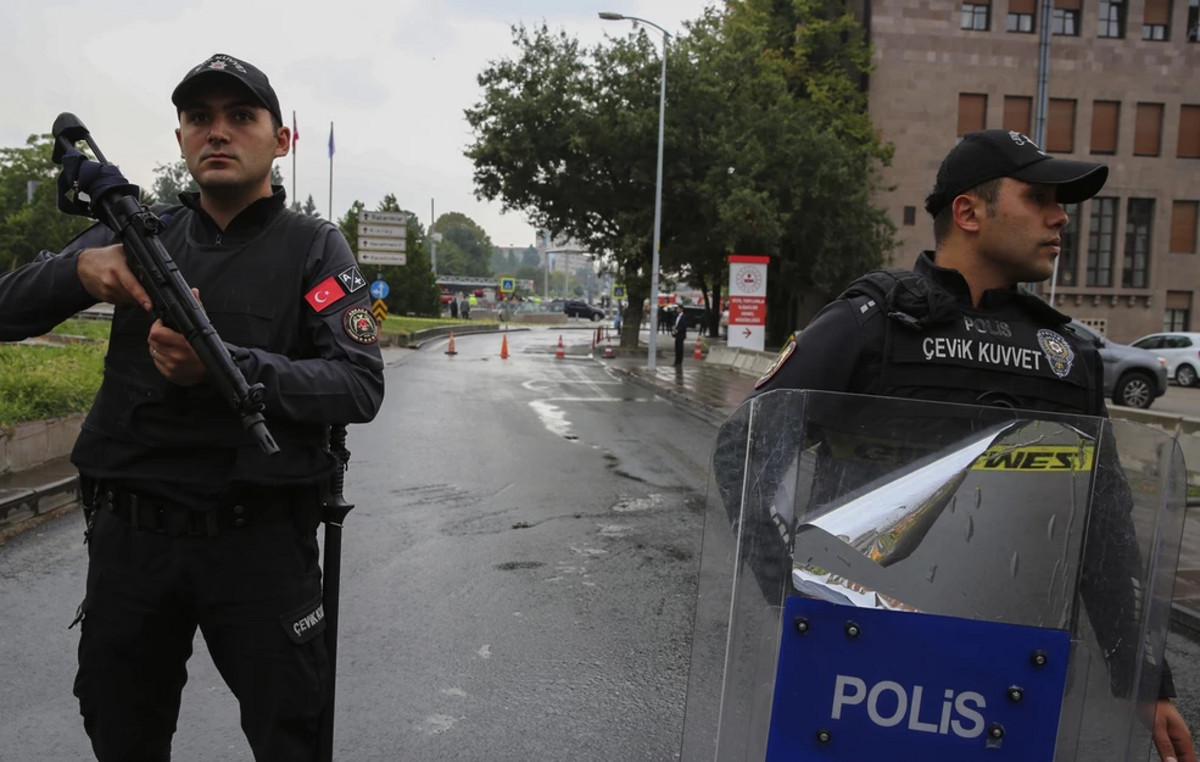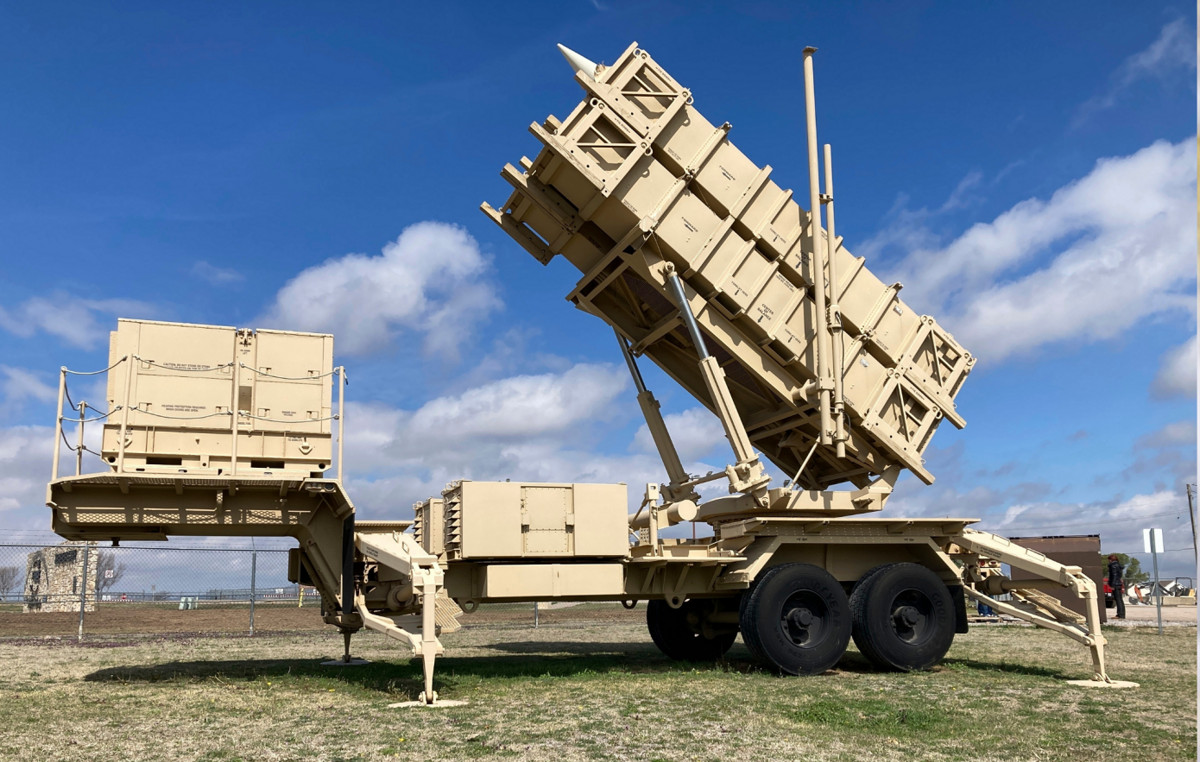Of the 27 federative units in the country, 18 showed signs of decline or long-term stability, considering the last six weeks, in relation to cases of severe acute respiratory syndrome (SARS). Most of these cases were associated with the virus that causes Covid-19, according to the new InfoGripe bulletin, released this Wednesday (27) by the Oswaldo Cruz Foundation (Fiocruz).
The states of Amazonas, Amapá, Bahia, Maranhão, Pará, Piauí, Rondônia, Sergipe and Tocantins showed a growth trend, according to the survey.
According to the bulletin, the Southeast, South and Central-West regions had their growth interrupted in April. The study, which corresponds to epidemiological week 29 (July 17 to July 23), indicates that in the northern half of Brazil there was maintenance of growth in states in the North region and interruption of this increase in the Northeast.
“The analysis of the curves of each federative unit indicates that in most states in the southern half of the country (Southeast, South and Midwest) there is no more sign of growth. Several states are in a plateau situation, and most already show signs of having started a process of decline, as is the case of DF, GO, MG, PR, RJ, RS, SC, SP”, states the document.
“In the North and Northeast regions, which generally started the growth process only in the month of June, there are already signs of growth interruption in several states, especially in the Northeast”, completes the bulletin.
However, the researchers emphasize that in the states of Paraná, Rio Grande do Sul and Santa Catarina, a high level of cases in children was observed, unlike the scenario observed in the adult population.
“This situation indicates that the scenario is still unstable and requires caution”, points out Fiocruz. This scenario of growth in SARS cases occurred in the face of the increase in Covid-19 cases, according to the research.
Of the general cases of severe acute respiratory syndrome, InfoGripe indicated that 79.4% were due to coronavirus, 5.5% from respiratory syncytial virus (RSV), 1.7% from influenza A and 0.1% from influenza B Regarding SARS deaths, 94.9% were due to Covid-19, 1% due to influenza A, 0.3% from respiratory syncytial virus and 0.2% from influenza B.
In relation to capitals, only nine showed signs of growth in the long-term trend. They are: Aracaju (SE), Belém (PA), Curitiba (PR), Florianópolis (SC), Macapá (AP), Manaus (AM), Palmas (TO), Porto Velho (RO) and Teresina (PI).
“As indicated in the state data, some of the capitals of the Southeast, South and Central-West regions show an interruption in the growth trend that started in April, with plateau formation in June and July or already starting a process of decline in recent weeks. The exceptions are Curitiba and Florianópolis, which again show signs of growth in some age groups, especially young children and the elderly”, Fiocruz reported in the bulletin.
The researchers also pointed out that in several locations in the North and Northeast there was an increase in cases from June onwards. “Of these, some capitals in the Northeast already show signs of growth interruption or beginning of decline in the present update”.
Basic care helps prevent respiratory diseases
Source: CNN Brasil







